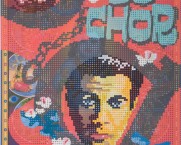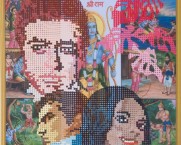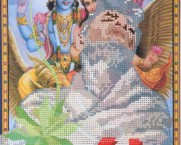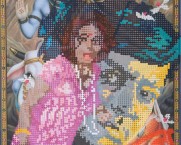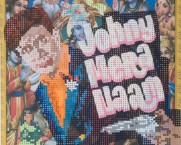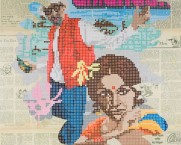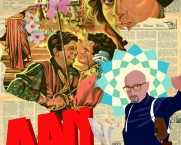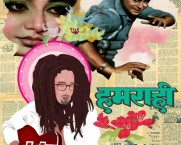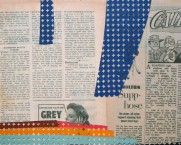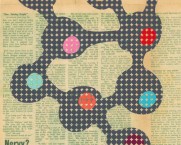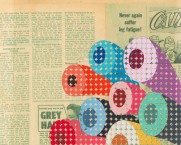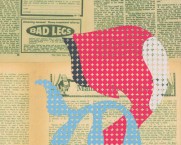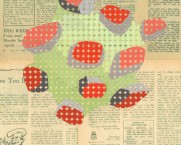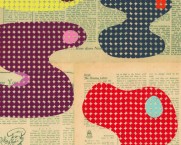C&L Shows
A Lack Of Marmalade Was My Only Grievance
Hitesh Natalwala
2009

Overview
ARTIST STATEMENT
The works deal with changes in cultural norms and the intertwining of East and West. So many aspects of both are fast becoming parts of a world culture, making it easier for people like me to develop a hybrid that exists somewhere between the two. In these works I am also layering memories as a way of dealing with certain issues that will hopefully allow me to reach a greater understanding of their relative value to my life and my art.
In the largest works, e.g. ‘have you ever tried this’ (2008-9), I have started with a base of pages printed from Australian Women’s magazines from the 50’ and 60’s. I happened upon a whole pile of these magazines some years ago, and reading them took me back to a time when, in my own family, my mother was living a very oppressive and subjugated life. My mother worked in a factory all day then came home to cook for up to 20 people. This was a time when women were expected to accept whatever treatment was handed out to them by their husbands’ family, without any complaint. The word ‘divorce’ was absolutely taboo.
The Bollywood images from the 50’s and 60’s provide a strong reminder of my grandmother, who brought up seven children almost singlehanded. While all our parents went to work, my grandmother would pack us all of to school, feed us, take us on outings and generally entertain us. On Sundays she would take us to the local cinema in Finchley in the North of London to see 3 Bollywood movies in a row – almost 9 hours of solid entertainment. Here there were only Indian people; they ate packed lunches and dinners, discussed their happenings during the week and even sang along to the very popular tunes in the movies. On top of these Bollywood posters, I have overlayed images of myself as various heroes of my childhood. It was a time when Indian heroes were hard to find in mainstream culture, and as we became more accustomed to the culture we were living in, the easier it became for us to not only amalgamate into western culture, but to actually feel a part of it. This is partly the reason that I have made myself into these characters. In addition is the fact that at the time there was a lot of racism around: a very conservative England, which had not yet implemented race relations.
The flowers that are present all throughout these works are, for me, not just signs of my love of the colours and textures of nature, but also signposts of places that have been important to me. For instance, all the old photographs we have of our lives in Africa where I was born are taken in gardens and parks, surrounded by exotic blooms of all sorts. In England we loved Roses, Magnolias and Wisteria, for example, and they are still amongst my favourite flowers. Now that I am in Australia, I am once again surrounded by exotic flowers of all sorts very different to those in Africa.
Finally the bold and graphic nature of the works is influenced by graphics of the 50’s and 60’s, American comic books and Japanese wood block prints.
Hitesh Natalwala
February 2009
Works

